MAE 3302 Aerodynamics of Compressible Flow
Homework 12 Solution
Answers to Study Questions
- How does the downwash velocity vary along the span if the wing carries
an elliptical lift distribution?
ans: It is constant.
- Why does the induced drag coefficient for an elliptical load distribution
depend on the lift coefficient?
ans: Induced drag is caused by the trailing vortex system, the strength of
which is proportional to the magnitude of the lift coefficient.
- How is the wing aspect ratio defined?
ans: Span squared divided by wing planform area (b2/S).
- How does the induced drag coefficient for an elliptical load distribution
depend on the wing aspect ratio?
ans: As 1/AR.
- Explain why induced drag dominates viscous drag when the aircraft is
flying near the stall speed.
ans: Because induced drag is inversely proportional to flight speed squared
(Di = q� CL2 / (pAR) = L2 / ( q� pAR ) = L2 / ( 1/2 rU�2 pAR )), whereas viscous drag is directly
proportional to flight speed squared (Dv = q� CDv = 1/2 rU�2 CDv).
- What fraction of total drag is the induced drag for a typical aircraft in
cruise flight?
ans: About 25%.
- Why do high performance sailplanes use wings with aspect ratios 2-3 times
higher than conventional aircraft?
ans: In order to minimize induced drag, which is potentially large due
to their low flight speeds.
- What planform shape gives rise to an elliptical load distribution
(assuming no twist)?
ans: An elliptical planform.
- How is Eq. 5.51 solved for the Fourier expansion coefficients?
ans: By enforcing it at a discrete collection of points along the span
in order to arrive at a system of linear equations for the An.
- What is the meaning of the span efficiency parameter, e?
ans: It tells us how close a wing of given span comes to achieving minimum
induced drag.
- What load distribution leads to minimum induced drag? Explain your
answer.
ans: An elliptical load distribution leads to minimum induced drag. The
analysis shows that induced drag is a minimum if An = 0 for n > 1. This
condition is met only for an elliptical loading.
- Why are elliptical wing planforms not too common?
ans: Because it is difficult to manufacture the required complex curves.
- What are the advantages of using a tapered wing? Are there any
disadvantages ?
ans: Span efficiencies in the range 97-99% can usually be obtained for
a properly tapered wing. Although it is a fairly easy shape to manufacture,
it is not as straightforward as a rectangular wing say.
- Which parameter typically has a larger impact on the induced drag: span
efficiency or aspect ratio? Explain your answer.
ans: Aspect ratio. Span efficiency usually varies less than 15%. The
aspect ratio can vary by factors of 2 or more, giving this parameter a much
larger impact on wing performance.
- Why is the lift curve slope for a wing always less than the lift curve
slope for the airfoil that it uses for its cross-section?
ans: Since the induced angle of attack depends on the lift coefficient,
as the angle of attack increases, so does the induced angle of attack, resulting in reduced lift increments for equal increments in angle of attack.
- Why does the far wake of a real aircraft consist of a simple vortex pair
instead of a continuous vortex sheet? Does this present an inconsistency in
Prandtl's lifting line theory?
ans: Since the vortex sheet is unstable it rolls up to form two discrete
vortices, separated by roughly on wing span. The roll-up process is not
completed for several chord lengths downstream of the airfoil and thus
the near wake (which contributes most of the downwash) is close to Prandtl's
model.
- How does a delta wing generate lift at subsonic speeds?
ans: By making use of the low pressure generated by the vortices which
result from flow separation at the leading edges.
- How can a delta wing produce lift at angles of attack in excess of 30
degrees? Roughly at what angle of attack does a delta wing ßtall"?
ans: The vortex system remains stable beyond 30 degrees angle of attack. Only
when the angle of attack is raised to 35-40 degrees does the vortex system
become unstable and the wing ßtall".
- Why isn't the delta wing capable of produce high lift coefficients?
ans: The vortex lift mechanism is not terribly efficient. Even at very high
angles of attack lift maximum coefficients of about 1.5 are common.
- Why is the lift to drag ratio for a delta wing is subsonic flight fairly
low?
ans: Because much energy is lost in generating the vortices (which translates
to high drag and therefore low L/D).
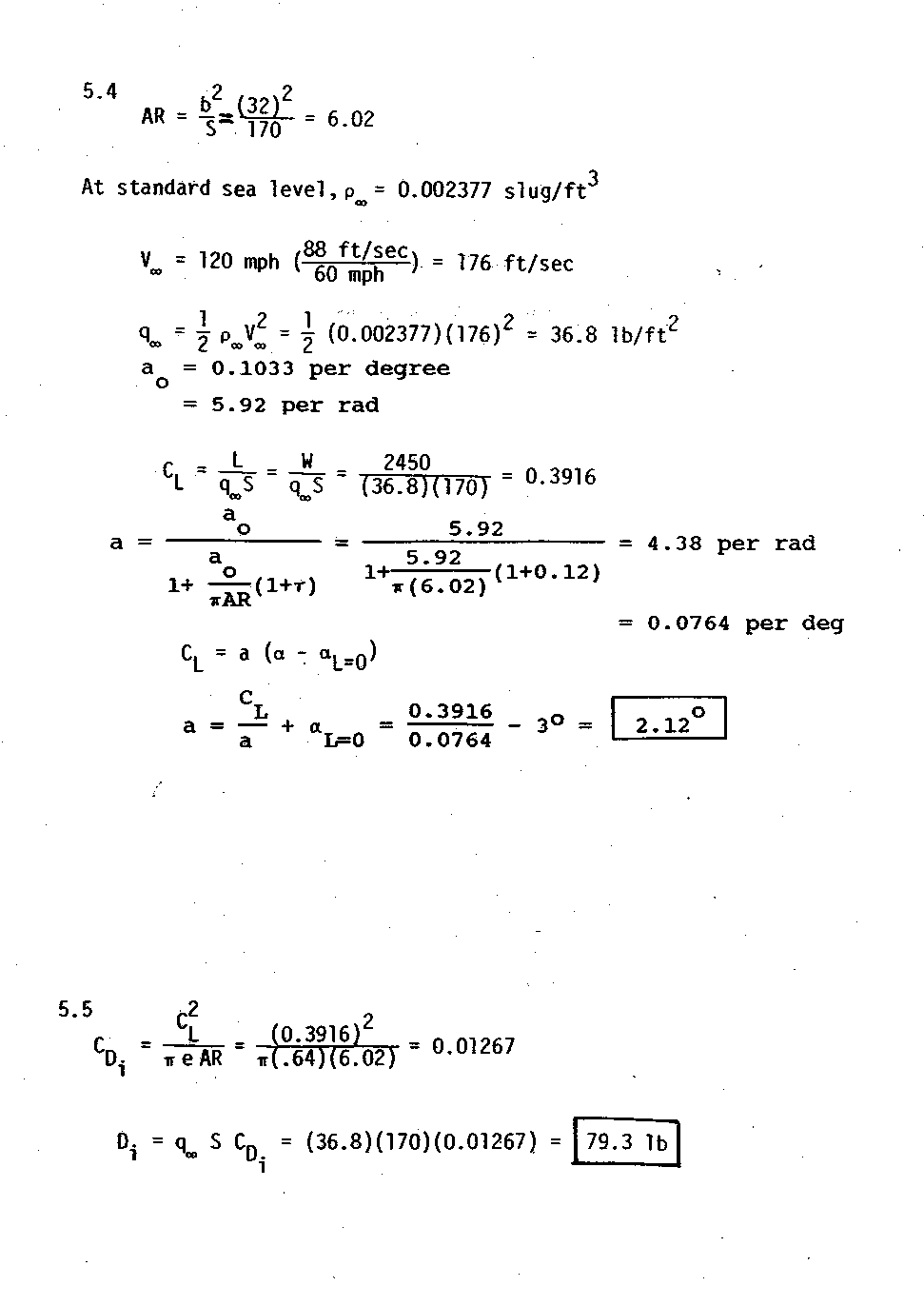
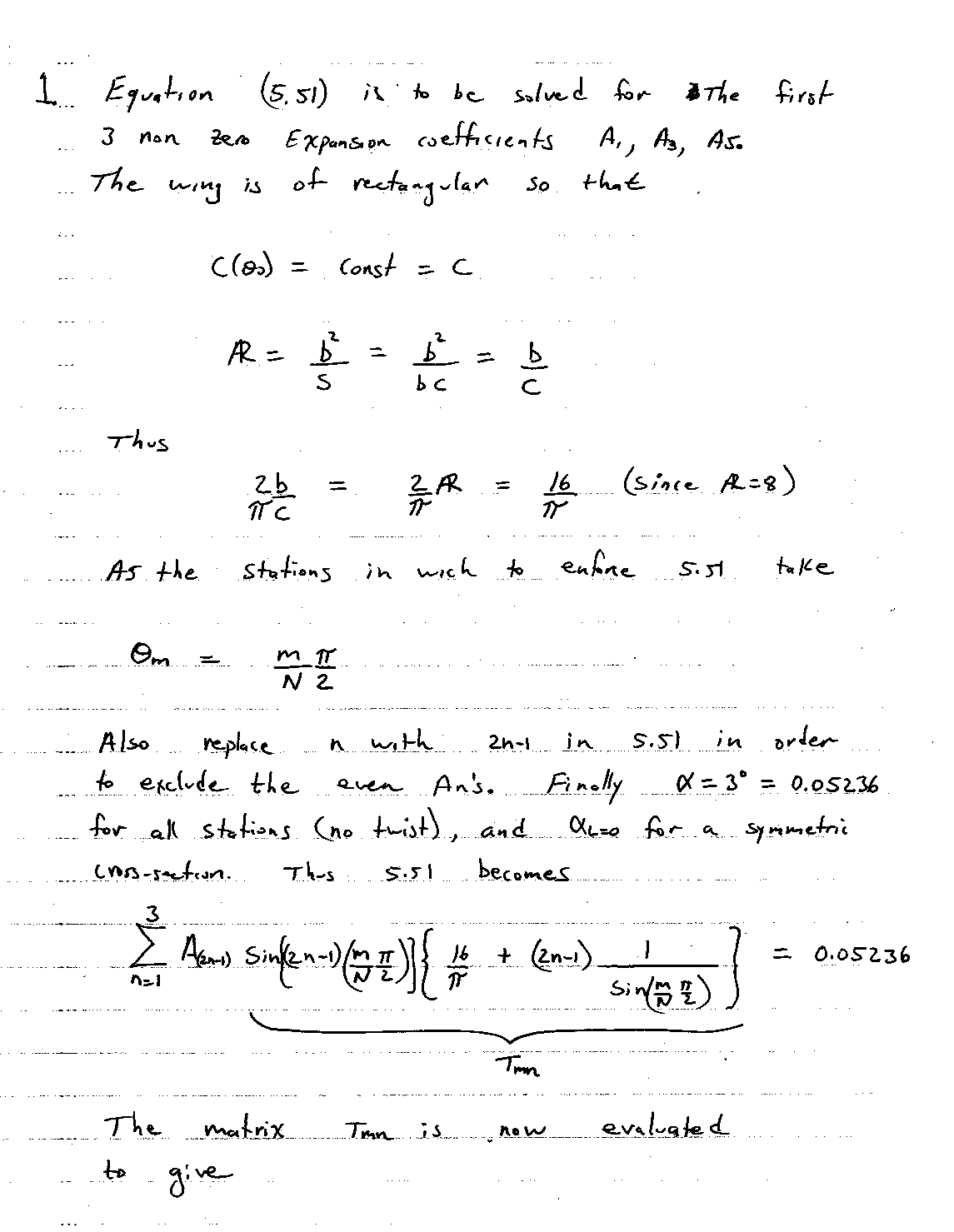
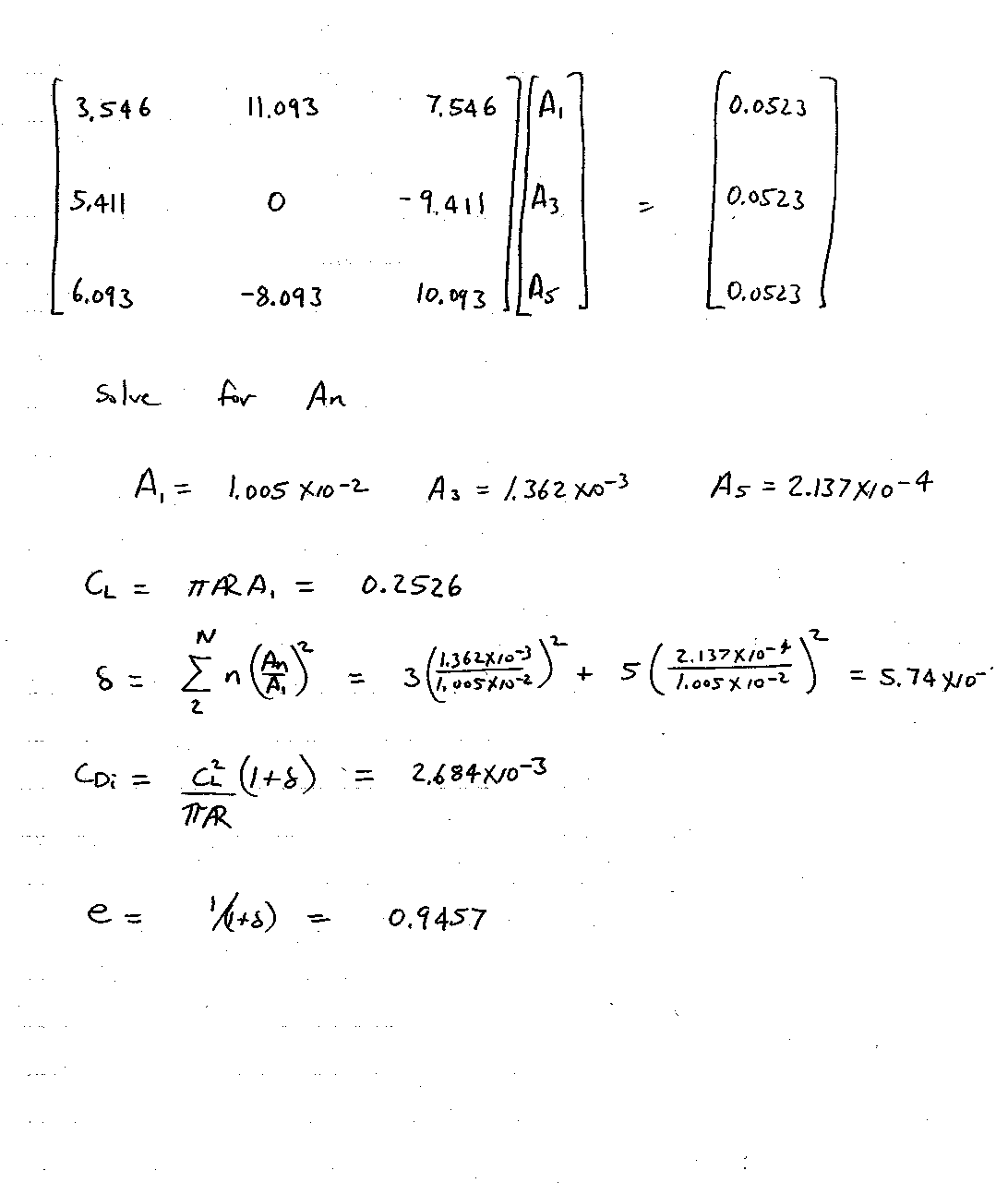
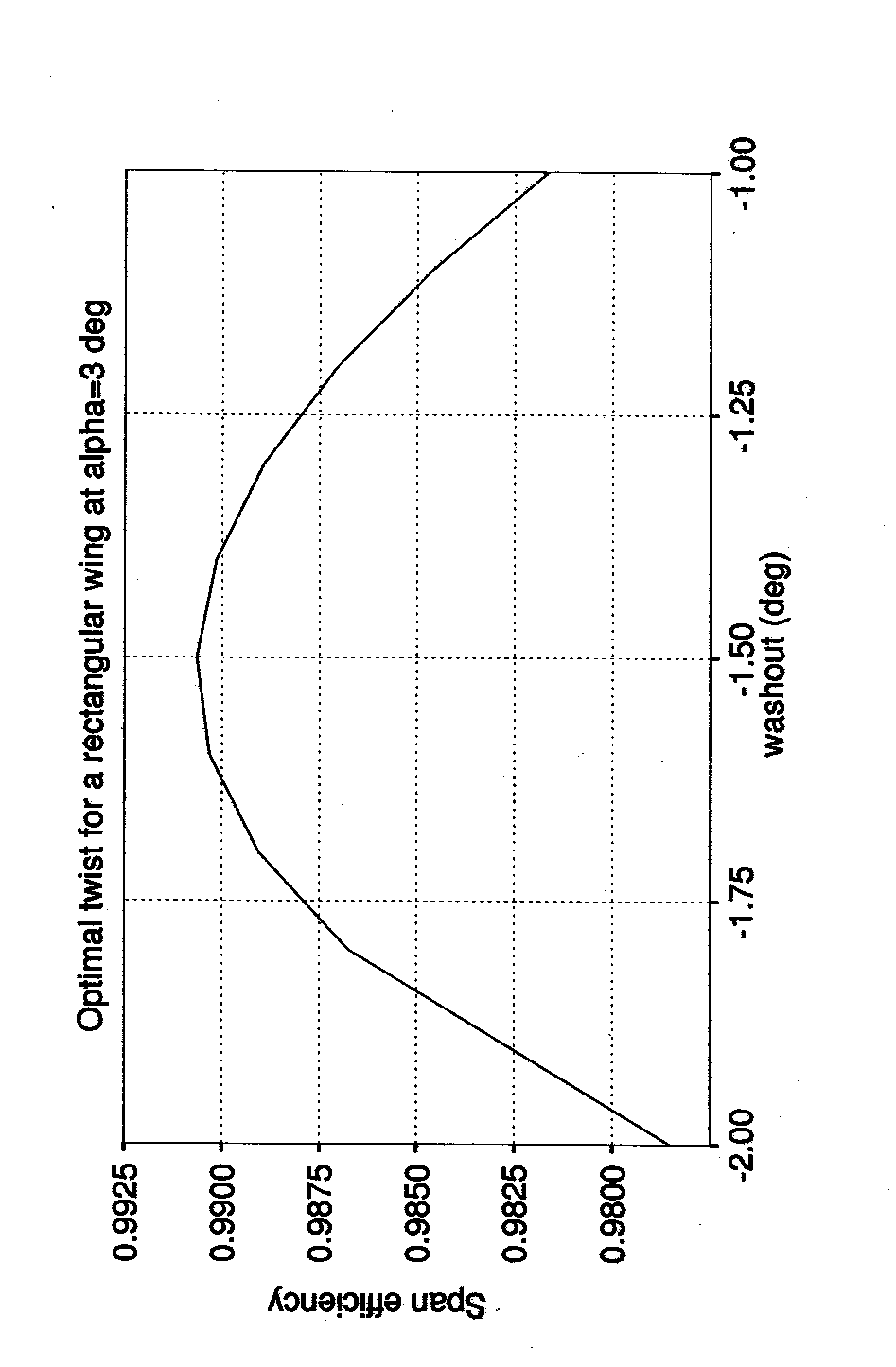
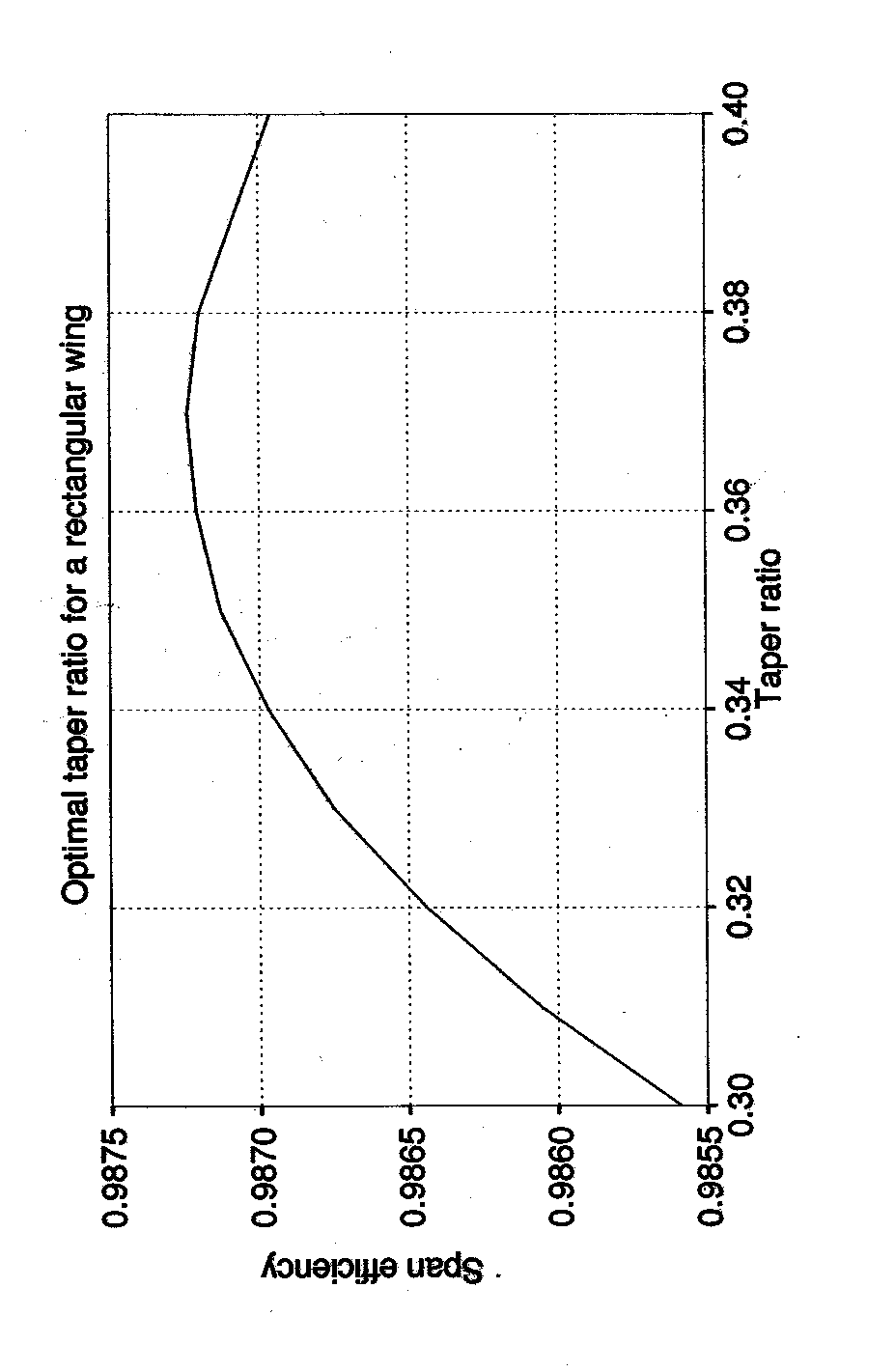
File translated from TEX by TTH, version 2.00.
On 4 Dec 1999, 09:40.









